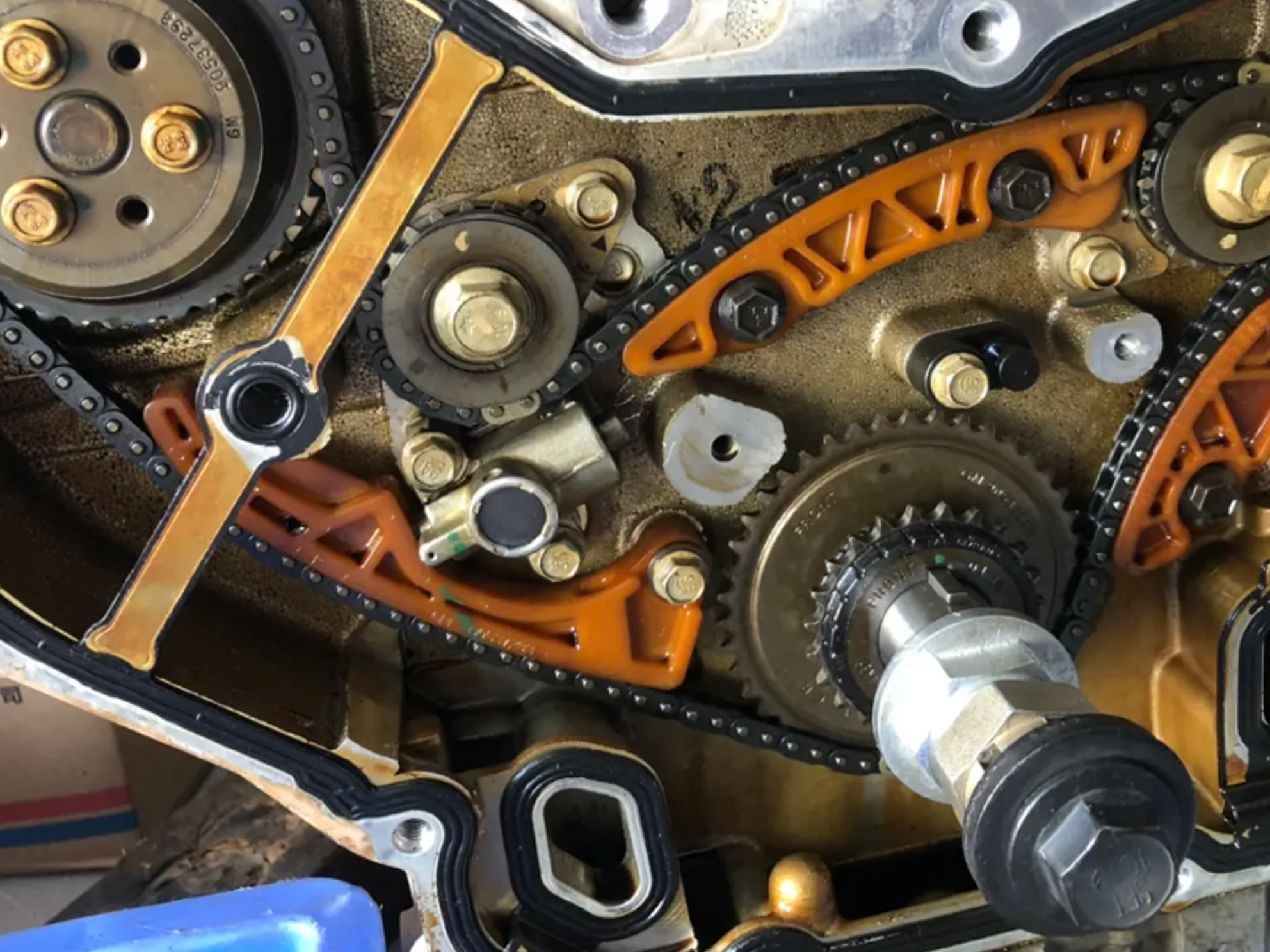 English
English Español
Español  Português
Português  русский
русский  Français
Français  日本語
日本語  Deutsch
Deutsch  tiếng Việt
tiếng Việt  Italiano
Italiano  Nederlands
Nederlands  ภาษาไทย
ภาษาไทย  Polski
Polski  한국어
한국어  Svenska
Svenska  magyar
magyar  Malay
Malay  বাংলা ভাষার
বাংলা ভাষার  Dansk
Dansk  Suomi
Suomi  हिन्दी
हिन्दी  Pilipino
Pilipino  Türkçe
Türkçe  Gaeilge
Gaeilge  العربية
العربية  Indonesia
Indonesia  Norsk
Norsk  تمل
تمل  český
český  ελληνικά
ελληνικά  український
український  Javanese
Javanese  فارسی
فارسی  தமிழ்
தமிழ்  తెలుగు
తెలుగు  नेपाली
नेपाली  Burmese
Burmese  български
български  ລາວ
ລາວ  Latine
Latine  Қазақша
Қазақша  Euskal
Euskal  Azərbaycan
Azərbaycan  Slovenský jazyk
Slovenský jazyk  Македонски
Македонски  Lietuvos
Lietuvos  Eesti Keel
Eesti Keel  Română
Română  Slovenski
Slovenski  मराठी
मराठी  Srpski језик
Srpski језик
How to maintain the timing chain
2024-07-03
The maintenance of the timing chain mainly includes regular inspections and necessary replacements. twelve

Regular inspections:
When driving on regular roads, maintenance is required at least every two weeks or approximately every 200 kilometers.
When driving on off-road conditions, it is necessary to clean and maintain it at least every 100 kilometers.
Riding in harsher environments requires cleaning and maintenance after each ride.
Replacement steps:
Remove the valve cover and crankshaft pulley, and then remove the timing chain housing.
Rotate the crankshaft to the top dead center of the first cylinder and secure the crankshaft.
Rotate the intake and exhaust camshafts to balance and align their rear grooves, and use special tools to fix them to ensure the stability of the camshafts.
Carefully remove the old chain and install the new chain. Note that the crankshaft pulley has no sliding keys, and ensure that the circular holes on the pulley align with the grooves on the chain housing during installation.
Adjust the gap of the crankshaft position sensor to ensure that there are no fault codes. Meanwhile, ensure that the crankshaft sprocket and pulley rotate freely.
matters needing attention:
In theory, the timing chain can be maintenance free for life, but in practical use, especially when the vehicle is frequently driven at high speeds with full load, the timing chain can also experience certain wear. Therefore, it is recommended to regularly inspect and replace it if necessary based on external factors such as the driving environment.
Under normal circumstances, there is no problem using a timing chain within 150000 kilometers, and it is usually checked when the car has driven 200000 kilometers. If the car is driven at high speeds with full load for a long time, it is necessary to consider more frequent inspections and replacements.
By following the above steps and precautions, it is possible to ensure the good condition of the timing chain, thereby ensuring the normal operation of the engine and extending its service life.




